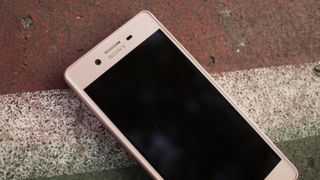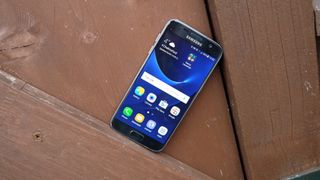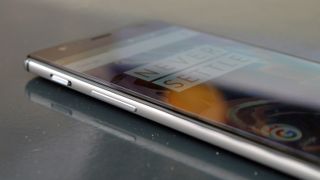Why you can trust TechRadar
After spending a few weeks with the Sony Xperia X Performance, we're conflicted. It's a phone that clearly offers a lot of good, but the high price only acts to magnify what isn't there.
Sony's phones aren't known for being the most affordable out there, and the X Performance is no exception. And while its stellar build quality isn't being called into question, you aren't getting as much for your money as you would with some of its high-end competitors, a few of which are priced at nearly half the price.

It's a gorgeous phone no matter which way you look at it, but if value is key in your purchase decision-making, this one just doesn't paint a very consistent picture.
Who's this for?
For Xperia loyalists and design minimalists who are completely aware of the competition and their prices, yet still want to pay too much money for a phone that, frankly, isn't worth the cost.
Should you buy it?
In a world where you can nab an Android smartphone that matches and, in some cases, exceeds what the Sony Xperia X Performance is capable of for a fraction of the price, we can't recommend it for the average user.
The waterproof build, microSD support, fast Snapdragon 820 processor and exclusive PS4 Remote Play are undoubtedly all nice to have, but not when the rest of what's on the plate is run-of-the-mill.
Competition

Samsung Galaxy S7
Samsung's latest is the perfect example of a smartphone that neatly balances value with industry-leading performance and design.
Sony's Xperia X Performance and the Samsung Galaxy S7 definitely have their differences, namely in the spec and OS overlay departments, but they are more alike than not.
Each phone is IP68 protected, offers microSD support and charges over micro USB. They are even similar in price unlocked, with the Sony coming out just ahead of it.
The key advantages of Samsung's S7 are that you can purchase it on a subsidized basis through a carrier, the 2,560 x 1,440 screen, the 3,000mAh battery, its incredible camera, and the fingerprint sensor are clear steps above what the X Performance puts up.

LG G5
While Sony's flagship effort isn't on the same modular mission as the LG G5, they fight in the same ring in terms of specs and build quality.
Like the S7, LG's fifth generation flagship trounces Sony's Xperia X Performance in a few important ways. The screen pops with its 2,560 x 1,440 resolution, LG made some space on the back for a fingerprint sensor and 4GB RAM keeps things speedy and future-proof.
LG and Sony's camera software is more or less on par, and we didn't particularly like the fact that the G5 ships without an app drawer, but that might not be a factor that bothers you.

OnePlus 3
The third iteration of OnePlus' flagship killer is a mighty capable smartphone for the US$399 price and, aside from the waterproof build and microSD slot found in the X Performance, it outshines Sony's phone in several areas.
Each phone rocks a FHD screen, though it's a more excusable move in the more affordable OP3. And like the X Performance, the third OnePlus is a stunning blend of metal and glass.
But inside the hood, Sony's smartphone gets left in the dust. The OnePlus 3 comes standard with 6GB RAM, a fingerprint sensor and a 3,000mAh, which is the same battery capacity of the Samsung Galaxy S7.

ZTE Axon 7
Seemingly out of nowhere, the ZTE Axon 7 appeared as an affordable flagship Android smartphone that challenges the very best (read: more expensive) that the ecosystem has to offer, the Sony Xperia X Performance included.
US$399 will nab you smartphone that, like the X Performance, is an intricate mix of metal and glass that offers SIM and microSD support, and contains the Snapdragon 820. However, it edges above Sony's by packing in a 3,250mAh battery, a beautiful 2,560 x 1,440 QHD screen and a fingerprint sensor.
Cameron is a writer at The Verge, focused on reviews, deals coverage, and news. He wrote for magazines and websites such as The Verge, TechRadar, Practical Photoshop, Polygon, Eater and Al Bawaba.


